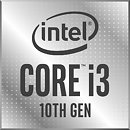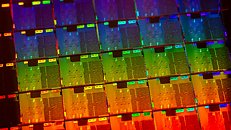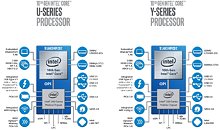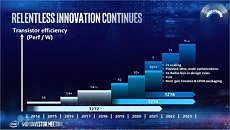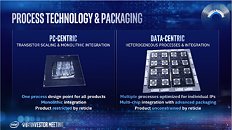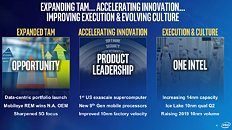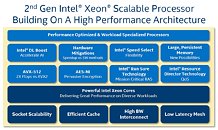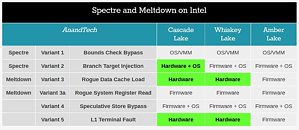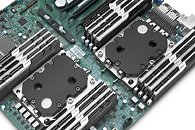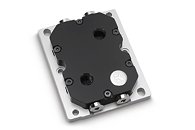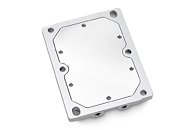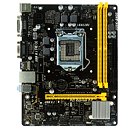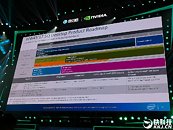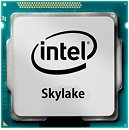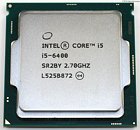
Intel 10th Generation Core Case-badges Revealed
Intel laid rest to speculation that post 9th generation, it could replace its Core brand with something else. The 10th generation Core processors, built around the 10 nm "Ice Lake" microachitecture, will feature the first noteworthy IPC increments since "Skylake" thanks to their new "Sunny Cove" CPU cores. These will also feature DLBoost, a fixed-function matrix-multiplication hardware that speeds up deep-neural net building and training by 5x, as well as certain AVX-512 instructions. The cores will be optimized to cope with 2.4 Gbps 802.11ax Wi-Fi and faster Ethernet standards. The first of these chips will target mobile computing platforms, and will be quad-core parts like the dies pictured below. To save notebook PCB real-estate, Intel will put the processor and PCH dies into a multi-chip module. It will be quite a wait for the desktop implementation, but at least you know what their case-badges look like.
